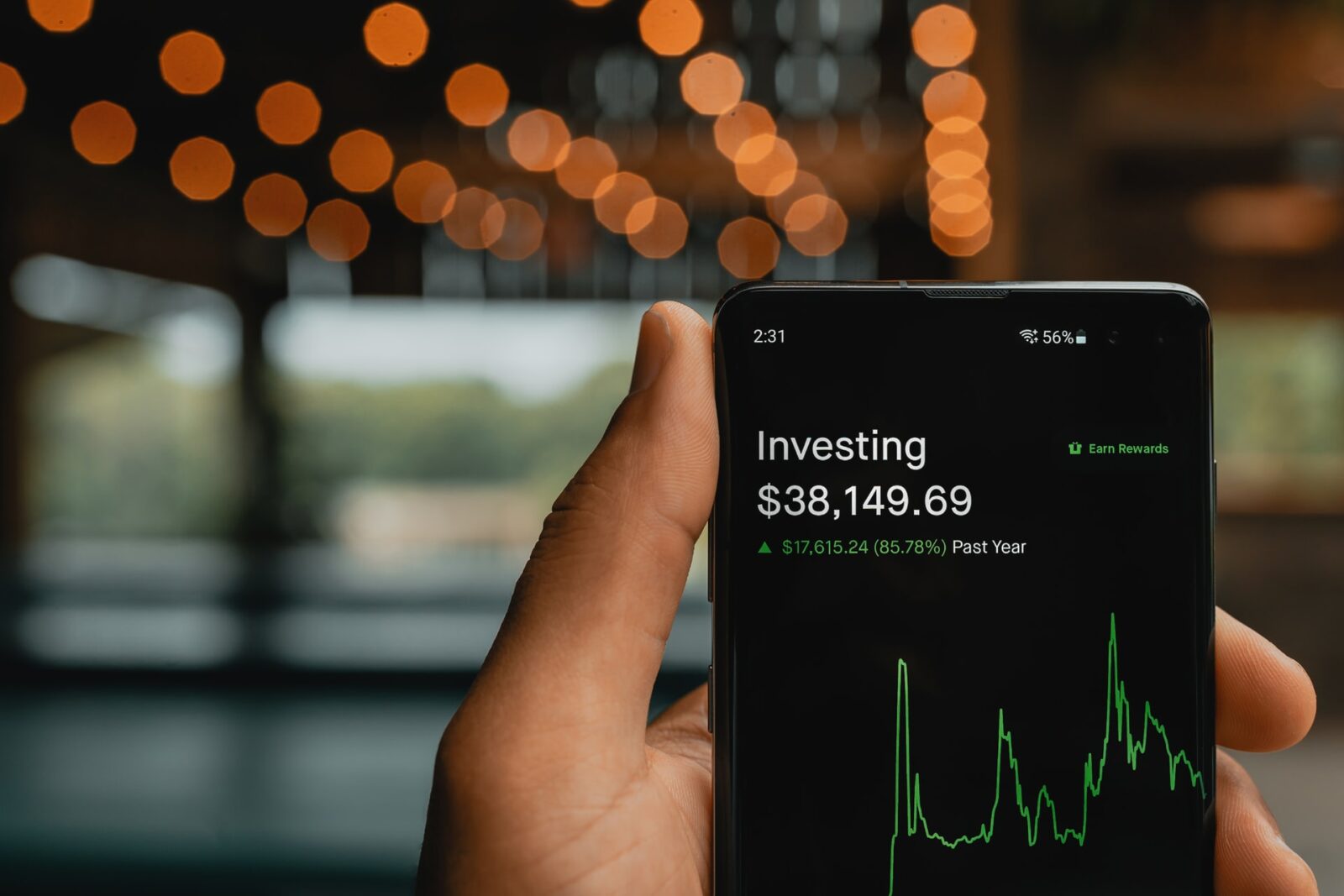Dear readers — When we think about options trading, we think about buying calls and puts to speculate on the direction of the underlying security. But what if you could use options to generate income regardless of which way the market moves?
In this article, I will discuss a strategy known as sell put options (also known as cash-secured put). This strategy allows you to collect premium payments from other investors while potentially enabling you to own the underlying security at a more favorable purchase price.
But first, what is Sell Put Options, and how does it work?
The concept will be pretty easy to grasp if you’re already familiar with call options. A call option is a contract that gives the owner the right, but not the obligation, to buy shares of an underlying security at a set price within a certain time period before the option expires worthless (out of the money).
The only difference is that instead of a call option providing you the right to buy, the sell put option (cash-secured put) is an options strategy where the investor writes or sells a put option and, at the same time, sets aside the cash to buy the underlying security if assigned. The cash set aside is generally equal to the option’s strike price multiplied by the number of contracts sold.
This means that if you were selling a put option, you believe that either:
- The stock prices will go up in the future date (you heard it right, sell put options is considered a bullish investment)
- The stock price will stay relatively unchanged until the expiration date
Here’s an example of Selling Put Options (Cash-secured put)
Let’s say you think XYZ stock price will increase in value over the next few months after doing your due diligence, but its current stock price is trading at $12 per share, and you don’t want to risk buying it unless you can get XYZ stock at a lower price.
So, you sell puts with a $10 strike price and one-month duration until the contract expiration for $1.00 per share ($100 total because each option controls 100 shares).
This is where the beauty of this strategy comes in
You can generate income regardless of which way the market moves. As long as the stock stays above the $10 strike price, you will keep the cash premium collected from selling the put options.
In other words, if XYZ closes above the $10 strike price on the expiration date, you get to keep the $100 premium payment as income. This is cash that you can pocket regardless of which way the market moves.
But wait! What if the stock price falls below $10?
Since each options contract represents 100 shares, you will need to set aside $1000 cash ($10 x 100 shares) upfront to cover your position with cash or margin. If the stock price dips below $10, you will be assigned to buy 100 shares at a price below the current market price.
However, the beauty of this strategy is that even if the underlying security falls in value, you still have the opportunity to own it at a more favorable price. Not only did you receive income from selling the put options, but you also managed to buy the stock at a discount.
Why do I use the Sell Put Option over other strategies?
There are a few reasons why I prefer to sell the put options (cash-secured put) over other options strategies:
First: This strategy offers greater downside protection than buying calls or puts. If the underlying security falls in price, you will still own the stock at a lower price than if you bought it outright.
Second: Selling cash-secured puts allows you to collect premium income from other investors. This is the profit potential that you can pocket regardless of which way the market moves.
Third: This strategy allows you to buy the stock outright at a discount. If the stock price dip and you are assigned, you will be able to purchase the stock below the current market price.
Here’s the simple math
Back to the example, if the stock is currently trading at $12 per share.
Without the sell put options scenario, you:
Bought 100 shares of XYZ at $12 (Total spent = $1200)
With the sell put options scenario, you have either:
- Bought 100 shares of XYZ at $10 if the price falls below $10 (Total spent = $1000). That will be your current market value
- Bought 0 shares of XYZ if the price remains above $10 and the contract expired, but you get to keep the option premium income payment
So, if you’re looking for a bullish investment with downside protection, then selling put options is definitely worth considering.
Takeaways:
- Generates income regardless of market price direction
- Potentially owns underlying security at a more favorable price
- No obligation to buy the stock if the price remains at the money or above
- Obligated to buy the stock if the price remains below
Easy money, right? But wait, there a catch!
The main risks of Selling a Put (Cash-secured put)
Cash-secured put writing involves significant risk like all options strategies. If the underlying security falls in price, you may be assigned and end up buying that stock even if it’s trading below that level before the options expire. If the market price is extremely volatile, the premium collected from selling put options may not be enough to offset any potential losses.
Put it this way. If the price of XYZ stock price dips to $5 per share or even $1 per share, you will be assigned to buy 100 shares at $10 per share. This implies that you will lose more than the premium received for selling the put options. The maximum loss is when the stock XYZ dips to $0.
Selling Put Options in a Volatile Market
To implement this strategy, you must first identify which stocks options you want to trade. Low volatility stocks are good candidates for this strategy because low volatility options do not move as much as options for stocks with higher volatility. In other words, these low-volatility stocks must stay at the higher strike price.
Bear in mind: The higher the stock price volatility rises, the higher the premium you will receive upfront. But this means that you are exposed to greater danger.
Wrapping Up
This strategy may not be suitable for all investors but used correctly, it can open up doors to more consistent income streams from your entire investment (no matter which way the market swings).
I typically use cash-secured puts to look for ways to generate income from my portfolios. In essence, you’re getting paid to wait for a better buying opportunity.
If the stock drops far enough and you do get assigned shares, then you get to buy the stock at a better price than if you had bought the stock outright. This strategy is a great way to initiate long-term positions in high-quality stocks at a discount.
So, if you’re looking for a bullish investment with downside protection, then selling puts (cash-secured puts) to buy stocks is definitely worth considering. Just be aware of the risks involved in selling options before jumping in! And make sure you have a good sense of humor because things could go south pretty quickly if the market takes a turn for the worse.
Still confused? I got you covered with a real-life example. I'll be starting a sell put option challenge using a new brokerage account with an initial $1500 investment. The benefit of my challenge? > Full access and transparency to my monthly sell put trading options via medium newsletter (directly sent to your email) or through DigestVerse newsletter for free! Let's grow together, stay tuned!
Disclaimer: I’m not a financial advisor and cannot legally provide investment advice. I have done this study purely out of personal interest in the financial world. Any risk you take in investing money should be taken as just that, a risk. Please do your own research and consult with qualified investment advisor points of view before investing your hard-earned money.
















1 Comment
View Comments